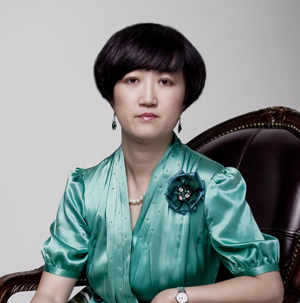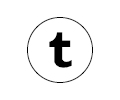Q&A with Linda Dong

Linda Dong has had 12 years of business experience in securities. She has served as the executive general manager of the investment banking division at China Jianyin Investment Securities. She received a BA in economics from Fudan University, and an EMBA degree from the Cheung Kong Graduate School of Business Administration. Her accomplishments include reforms, mergers and reorganization, listings and initial public offerings, and financing for various businesses, such as GD Power Development, Yangtze Power, China Hi-Tech Group, Guizhou Aviation Industry, Guangdong Weihua, and China People’s Insurance. She also served as a general partner of Beijing Fortune Land Investment Consultant Co., Ltd. (Limited Partnership) (Private Equity Fund). She has experience in capital market operations, and is familiar with fund management.
Q: What do you think are the driving forces behind the shift toward viewing art as an asset in recent years?
A: From an economic perspective, we have experienced more than 30 years of reform since the Opening Up. In that time, a large amount of non-governmental capital has been gathered; this money has largely been invested in very limited areas, including the housing market, stock market, and gold market. It now appears that the real estate market has reached its peak, and future growth potential seems limited. The gold market has risen, however, with the US dollar strengthening, the room for growth in this market is also very narrow. In terms of stocks, the weakness of the market in recent years kept many investors away. In this context, a large amount of non-governmental capital has been turned into art investment.
Investment is directly proportional to a country’s per capita income and consumer spending. Over the years, China’s per capita income has continued to grow, which has meant that spending has also increased significantly. However, art investment is still very limited. Government policies also play an important role. In 2011, the Sixth Plenary Session of the 17th Central Committee laid out a plan for the development of cultural industry. Culture has become an important topic of the 12th Five-Year Plan, an important measure to enhance the nation’s soft power.
From an art perspective, after the financial crisis, despite experiencing historic difficulties, the art market made remarkable progress compared to the 1990s.
Firstly, Chinese Contemporary Art has become an important part of art portfolios for leading Western collectors and museums. Secondly, local art has established its own niche, and has laid a solid foundation for continuous growth. Thirdly, after nearly a decade of effort to develop local collections, the number of collectors is growing rapidly.
Lastly, due to policy influence over the next 10 to 30 years, there will be an increase in the number of Chinese Contemporary Art museums, and the development of museum collections.
Q: How is the idea of art and finance perceived in China? Are there any unique challenges or opportunities there?
A: Chinese Contemporary Art is still in its formative years, and has a long way to go. Meanwhile, the Contemporary Art market has made tremendous progress. But we are still learning from Western markets, and need time for further development.
Art investment tax policies lack government support. In the West, art collecting can offset or reduce corporate or personal income tax. In China, there are no such tax policies. But the Chinese government has increasingly emphasized cultural industry, and has laid out a strategic plan for its development.
Q: Do you see any new trends in recent years?
A: In recent years, Chinese Contemporary ink paintings have gone from being an undervalued commodity to outperforming other categories, and have attracted a lot of attention from collectors. Major auction houses on the Chinese mainland have held an increasing number of special auctions of Contemporary ink paintings, which has resulted in high turnover rates. In addition, important European and American museums and galleries have held a number of exhibitions focusing on Contemporary ink paintings. •







